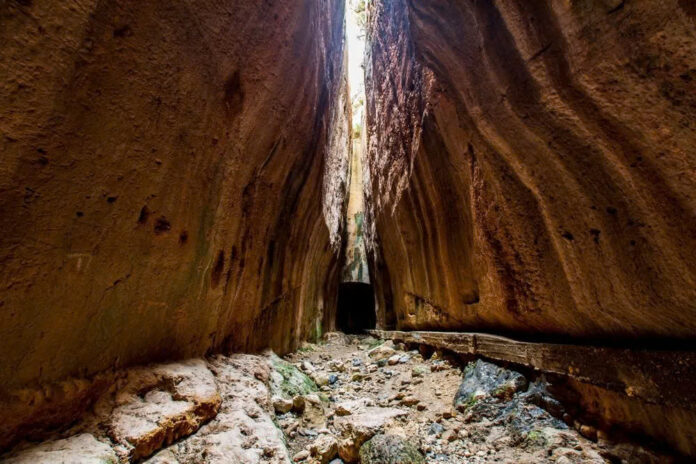In the heart of modern-day Turkey lies an extraordinary testament to Roman engineering prowess – the Vespasianus Titus Tunnel. This remarkable structure, carved through solid rock using nothing but human strength and determination, continues to captivate visitors nearly two millennia after its construction.
The Challenge That Sparked Innovation
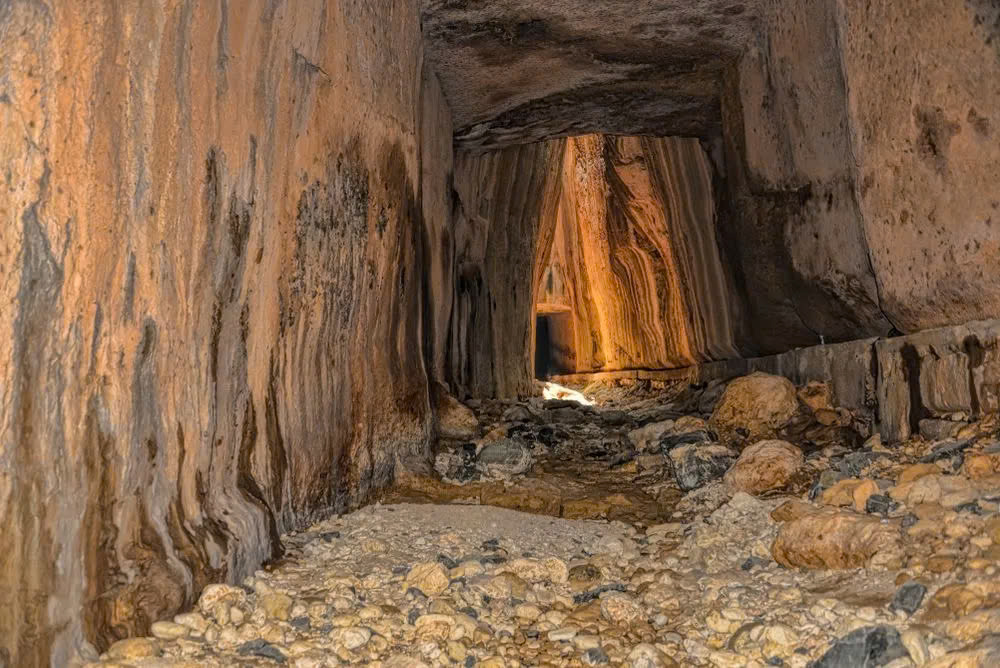
The ancient city of Seleucia Pieria faced a critical problem in 1 AD. Its vital port was constantly threatened by sediment-laden waters flowing from the Amanus Mountains. The situation became particularly dire during seasonal thaws, leading to frequent flooding throughout the city. Emperor Vespasian, recognizing the gravity of the situation, proposed an ambitious solution: a massive water tunnel cut through solid rock to divert the problematic stream.
A Father-Son Legacy
What began under Emperor Vespasian’s reign would later be completed by his son Titus in the 2nd century. Armed with only the most basic tools – chisels and hammers – generations of workers carved this monumental structure through sheer determination and skill.
Engineering Excellence Recognized
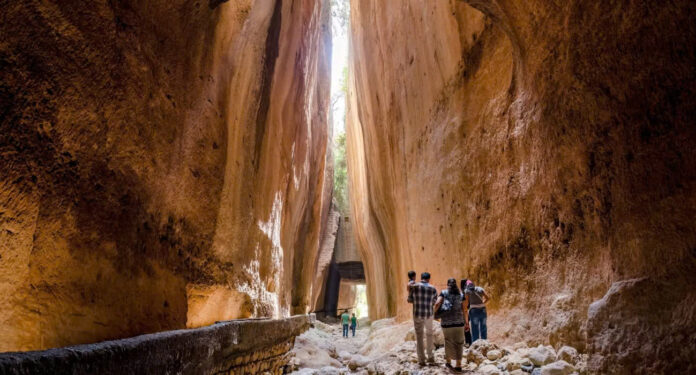
The tunnel’s architectural brilliance earned it recognition from UNESCO as one of the Roman Empire’s most remarkable achievements. Its sophisticated design included:
- Two distinct tunnel sections
- An integrated dam system
- A precisely engineered discharge channel
Location and Preservation
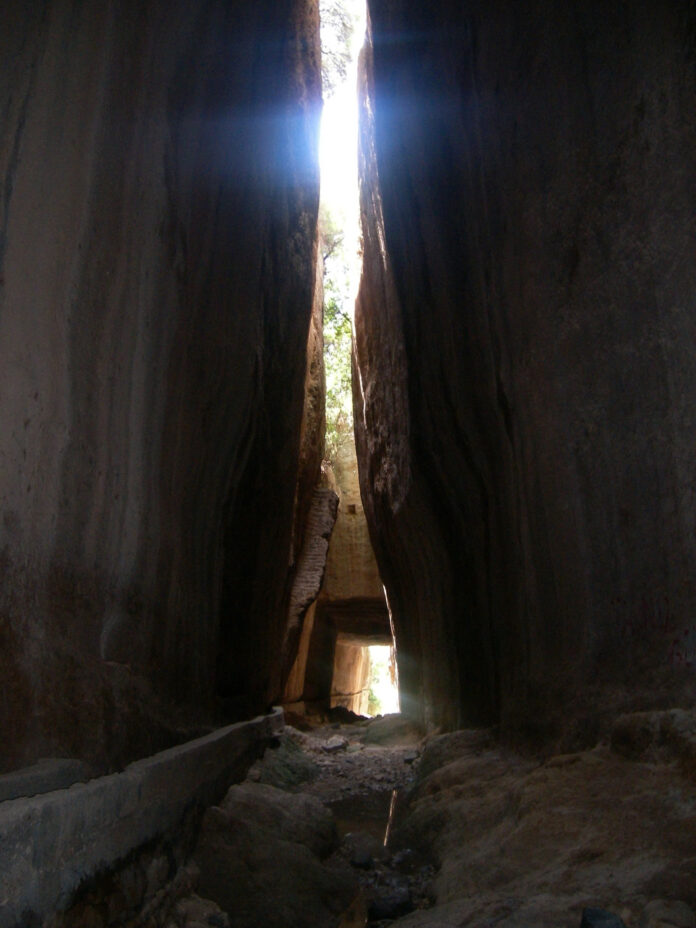
Today, this ancient marvel stands approximately 20 miles southwest of Antakya, nestled at the foot of the Nur mountains near Çevlik, Turkey. At the tunnel’s entrance, an ancient inscription still proudly displays the names of Vespasian and Titus, creating a tangible link to its Roman creators.
Modern Tourism Experience
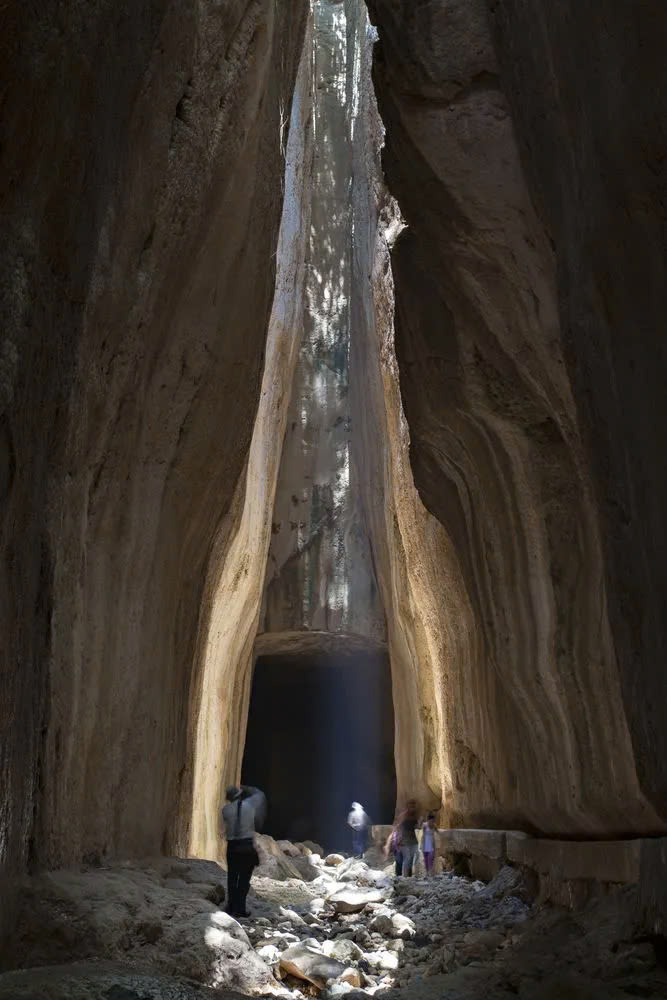
Visitors to the site can enjoy:
- Well-maintained walking trails
- Strategic viewing points
- Breathtaking scenic vistas
The tunnel holds particular fascination for architects and engineers, who marvel at this feat of ancient engineering accomplished without modern technology.
An Enduring Legacy
While the tunnel ultimately couldn’t provide a permanent solution to the port’s problems – by the 5th century, the harbor had become muddy again – its structure has demonstrated remarkable resilience. Nearly 2,000 years after completion, the tunnel remains largely intact, with only 130 meters being inaccessible today.
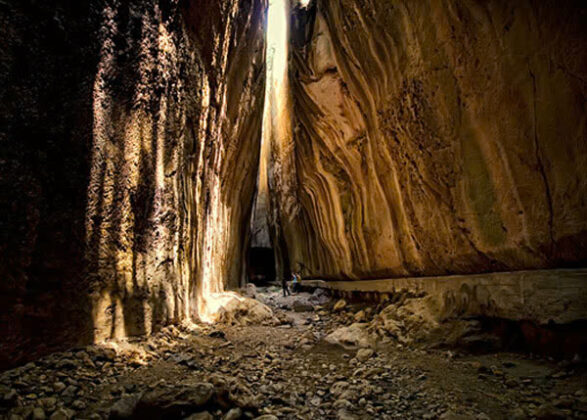
The Vespasianus Titus Tunnel stands as an enduring monument to human ingenuity and determination. Despite its eventual shortcomings as a practical solution, it continues to inspire visitors from around the world, offering a glimpse into the remarkable capabilities of ancient Roman engineering.
